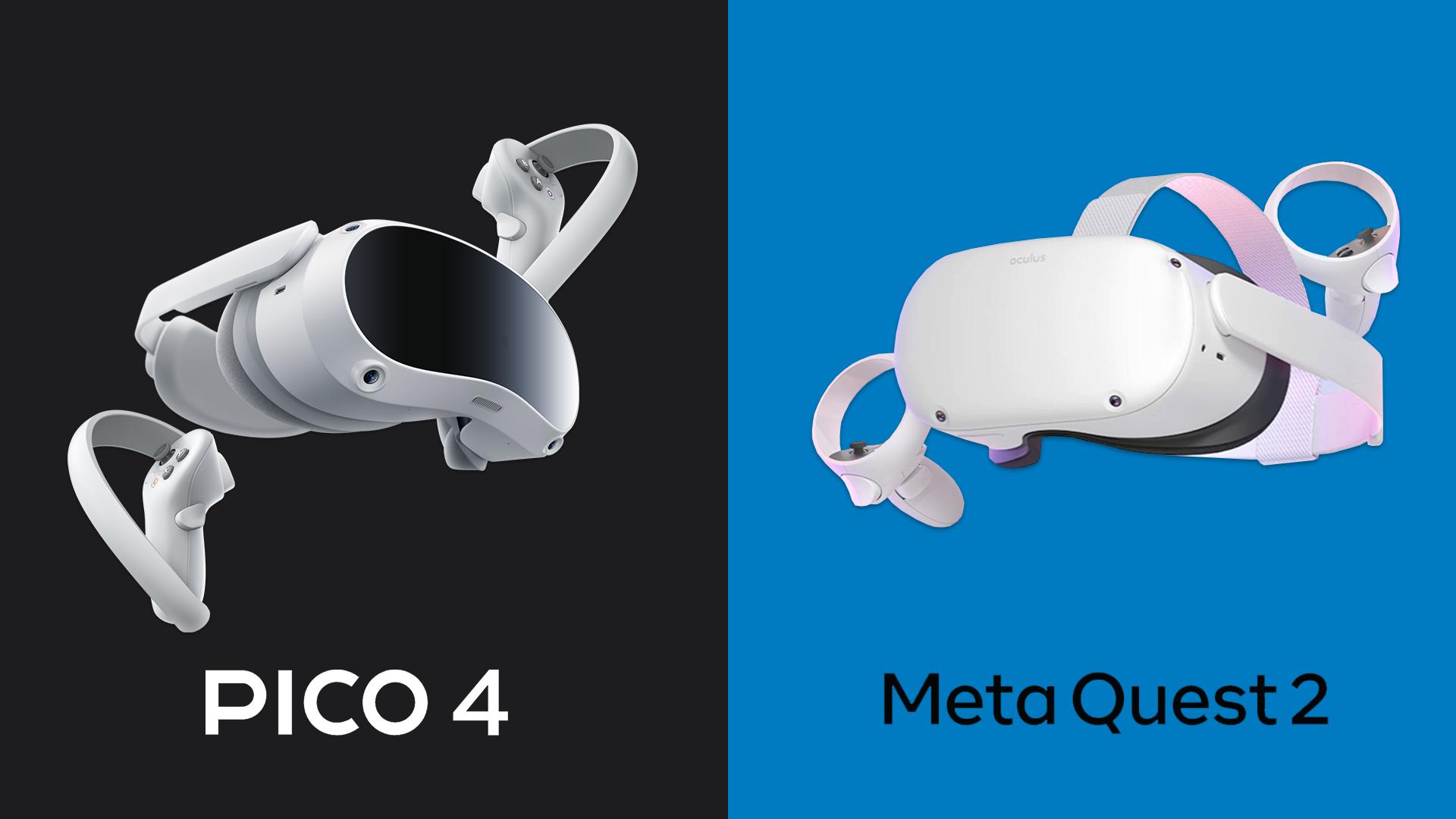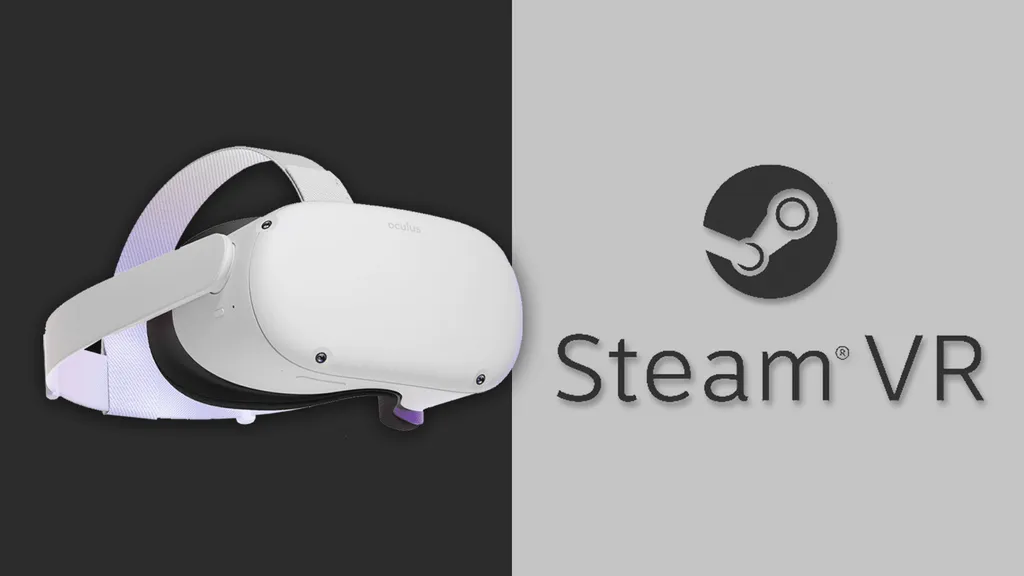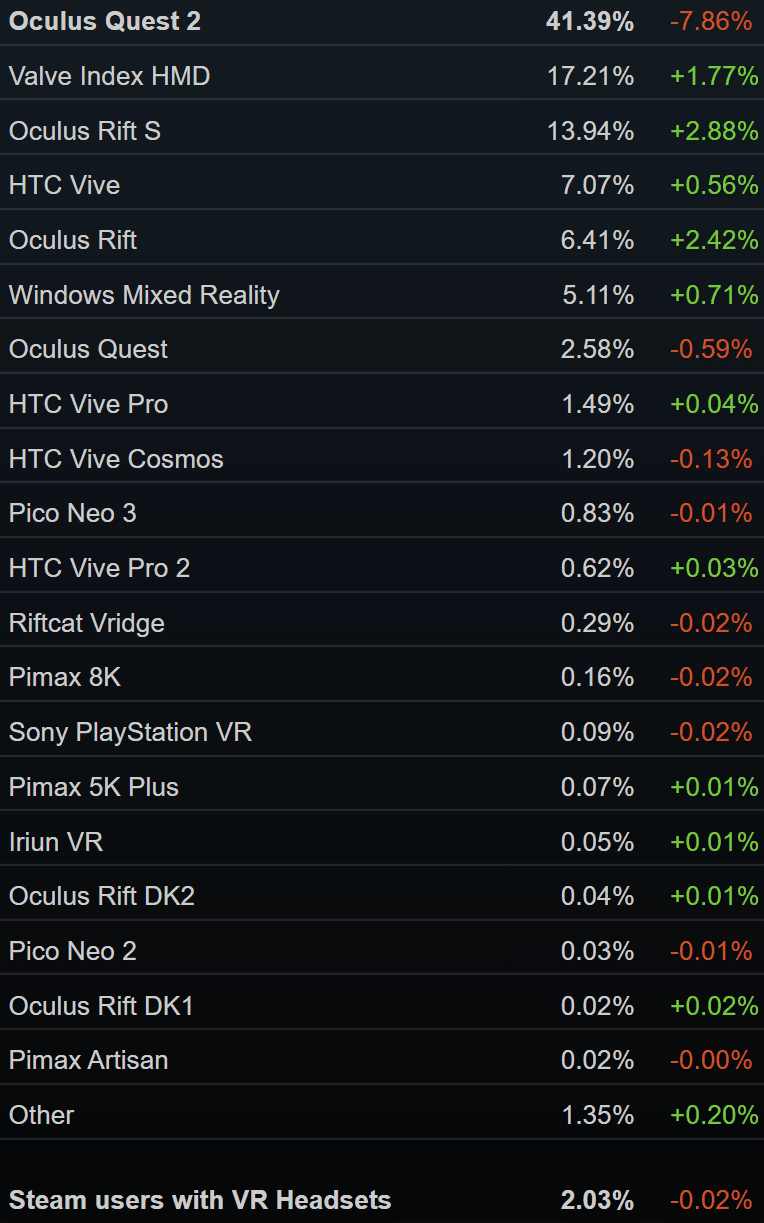Quest 2 usage on SteamVR fell sharply in September, the month after the headset’s price increased.
Companies like Meta, Valve, & HTC don’t reveal hardware sales figures. Historically the Steam Hardware Survey has been the most reliable indicator of PC VR’s adoption. In recent months there’s been some anomalous data in the results, though last month Valve corrected its data and wrote to UploadVR that its “hardware survey sees natural variations in survey response rates from month to month, so some variability in the statistics is to be expected.”
The survey is offered to a random sample of Steam’s userbase each month. If you choose to accept, it uploads your PC specifications and peripherals. Before March 2020 the survey relied on headsets being connected via USB at the time of sampling, but then Valve changed it to scan your SteamVR logs from the past month.
The overall Steam users with VR Headsets figure slightly declined in September, from 2.05% to 2.03%. But the share of usage made up by Meta’s Quest 2 dropped sharply by 7.86%, by far the largest swing of the month. It comes after Meta took the surprising step of increasing the price of the two-year-old headset by $100 in August.
Next month’s data should see the initial appearance of the first serious new contender in two years: Pico 4, announced two weeks ago. It too is a standalone device that can also act as a wireless PC headset.

Pico 4 is only launching in Europe, Japan & South Korea. But so did the Pico Neo 3, and despite being a limited “beta program” launch it’s now the tenth most popular headset on Steam. With a thinner, lighter design and superior specs compared to both its predecessor and Quest 2, we’ll be watching the Hardware Survey closely to see how widely ByteDance’s new headset is adopted.
Pico 4 doesn’t ship until the second half of the month though, so don’t expect a large percentage initially.



























